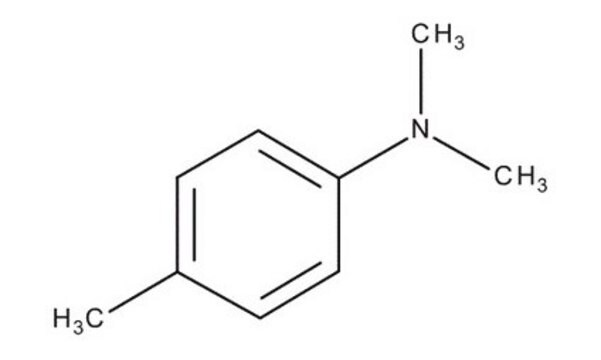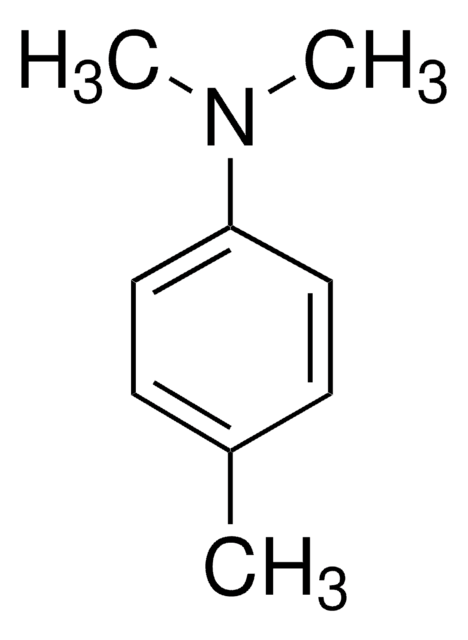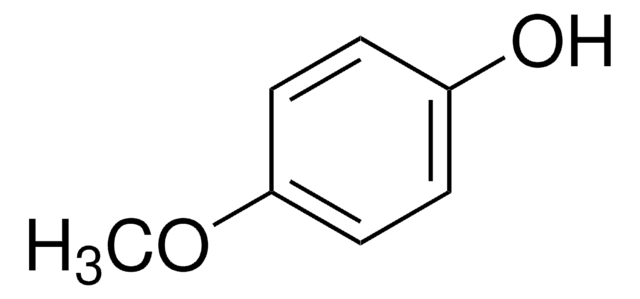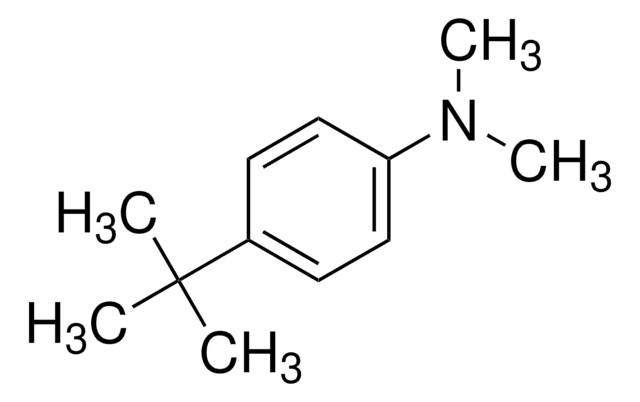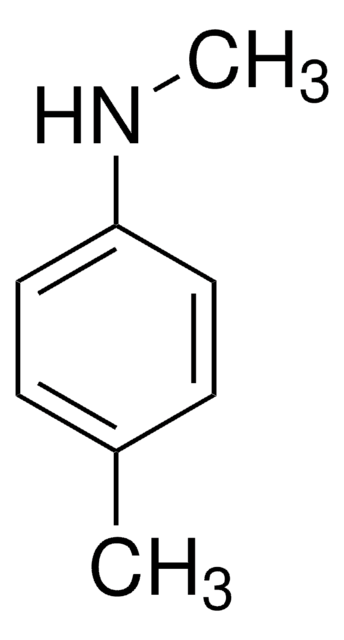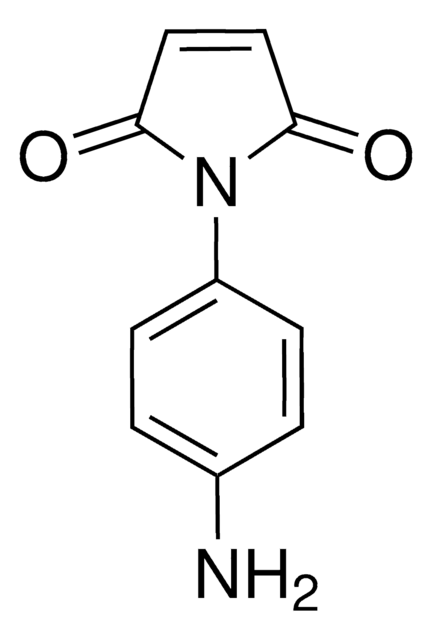D189006
4,N,N-Trimethylaniline
99%
Sinónimos:
4-Dimethylaminotoluene, N,N-Dimethyl-p-toluidine
About This Item
Productos recomendados
vapor density
>1 (vs air)
Quality Level
assay
99%
form
liquid
expl. lim.
7 %
refractive index
n20/D 1.546 (lit.)
bp
211 °C (lit.)
90-92 °C/10 mmHg (lit.)
density
0.937 g/mL at 25 °C (lit.)
SMILES string
CN(C)c1ccc(C)cc1
InChI
1S/C9H13N/c1-8-4-6-9(7-5-8)10(2)3/h4-7H,1-3H3
InChI key
GYVGXEWAOAAJEU-UHFFFAOYSA-N
¿Está buscando productos similares? Visita Guía de comparación de productos
Categorías relacionadas
Application
signalword
Danger
Hazard Classifications
Acute Tox. 2 Inhalation - Acute Tox. 3 Dermal - Acute Tox. 3 Oral - Aquatic Chronic 3 - Carc. 1B - Repr. 2 - Skin Sens. 1 - STOT RE 2 Oral
target_organs
Reproductive organs
Storage Class
6.1A - Combustible acute toxic Cat. 1 and 2 / very toxic hazardous materials
wgk_germany
WGK 3
flash_point_f
168.8 °F - closed cup
flash_point_c
76 °C - closed cup
ppe
Eyeshields, Faceshields, Gloves, type ABEK (EN14387) respirator filter
Elija entre una de las versiones más recientes:
¿Ya tiene este producto?
Encuentre la documentación para los productos que ha comprado recientemente en la Biblioteca de documentos.
Los clientes también vieron
Nuestro equipo de científicos tiene experiencia en todas las áreas de investigación: Ciencias de la vida, Ciencia de los materiales, Síntesis química, Cromatografía, Analítica y muchas otras.
Póngase en contacto con el Servicio técnico